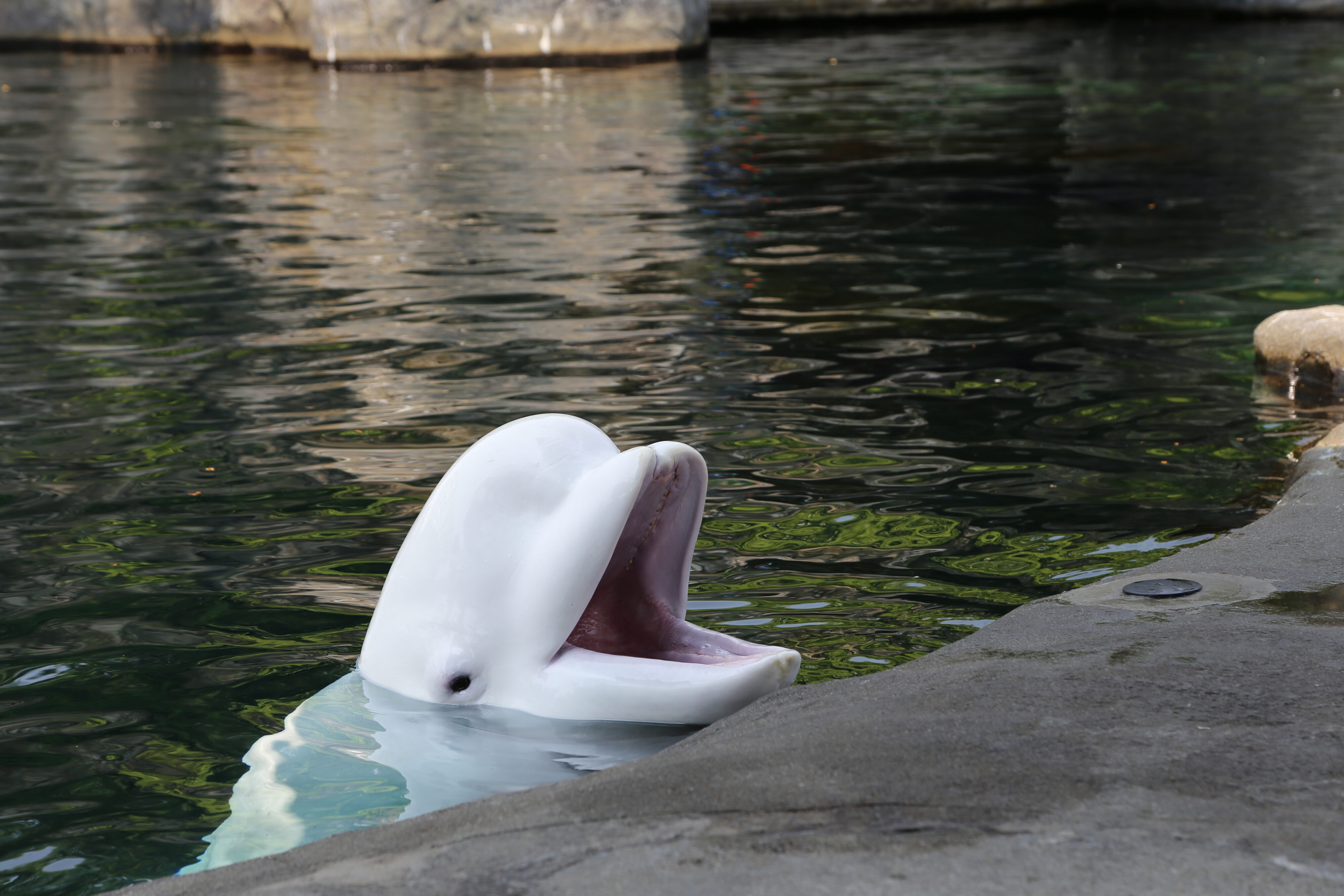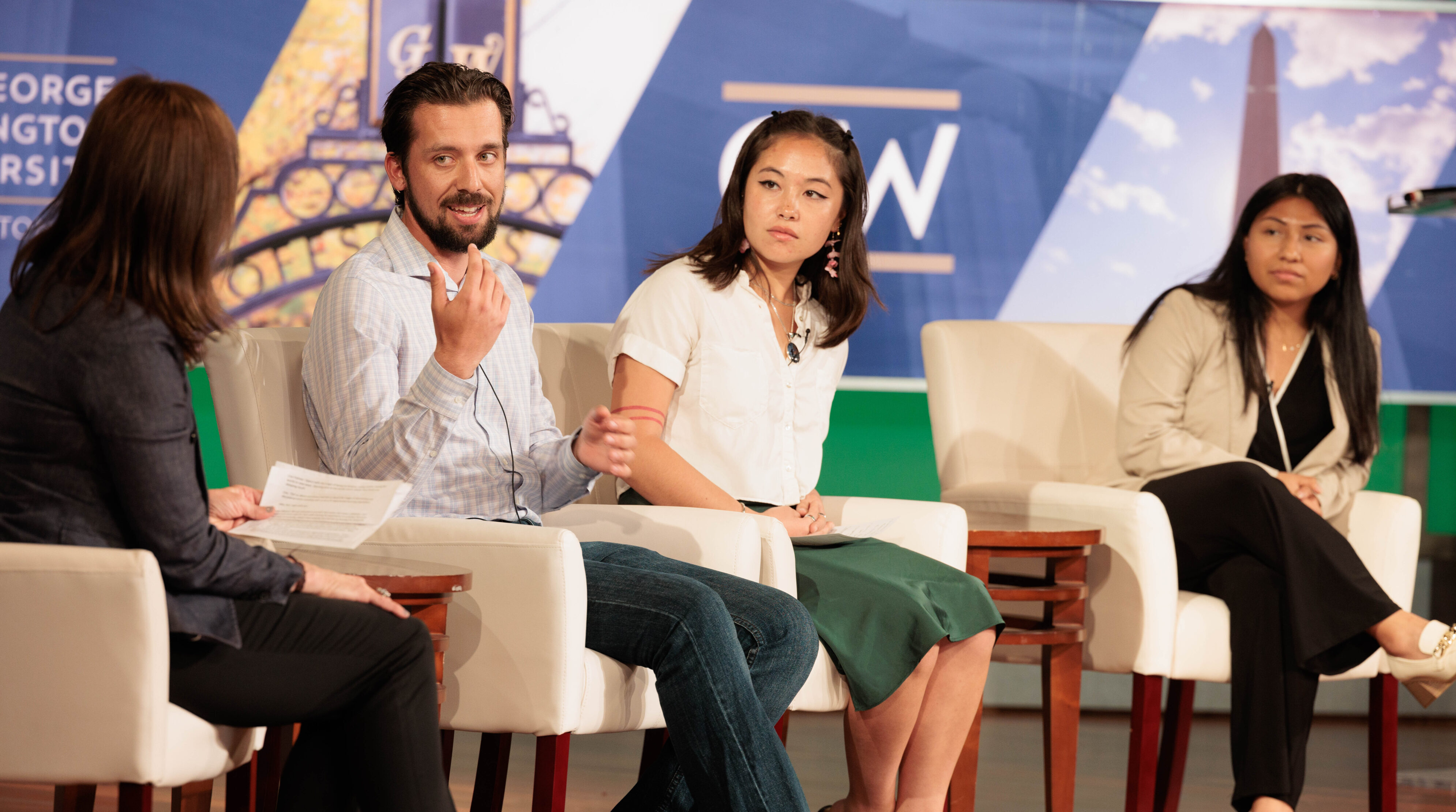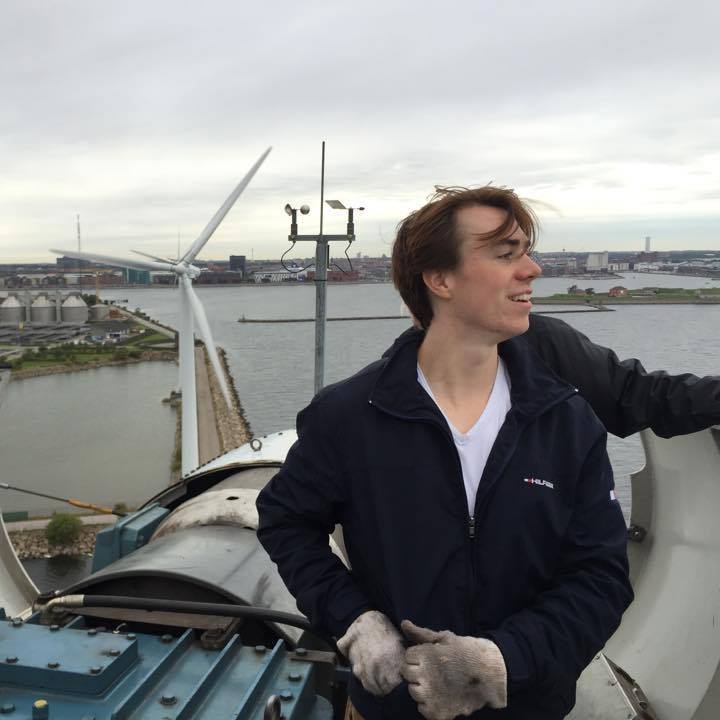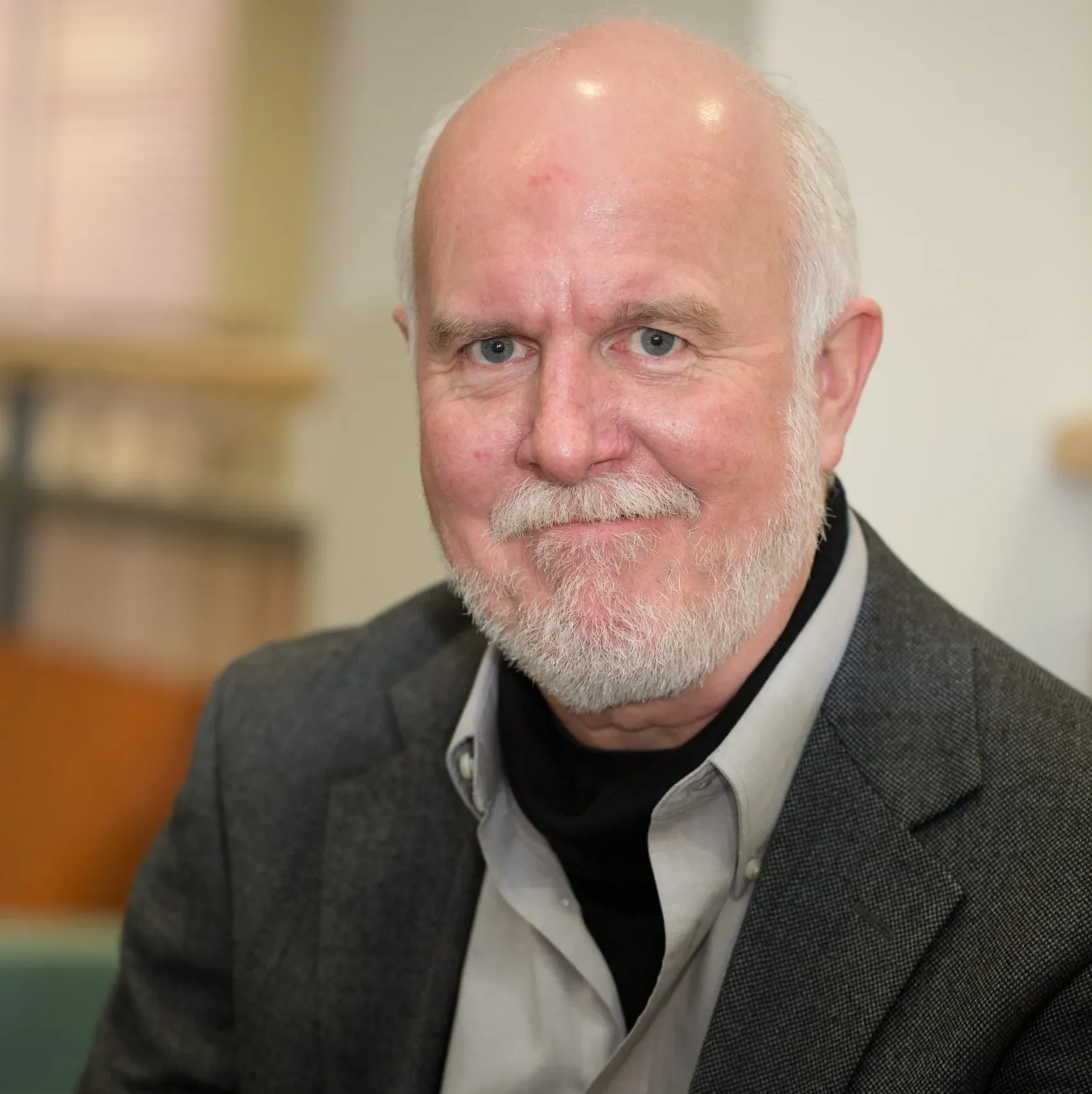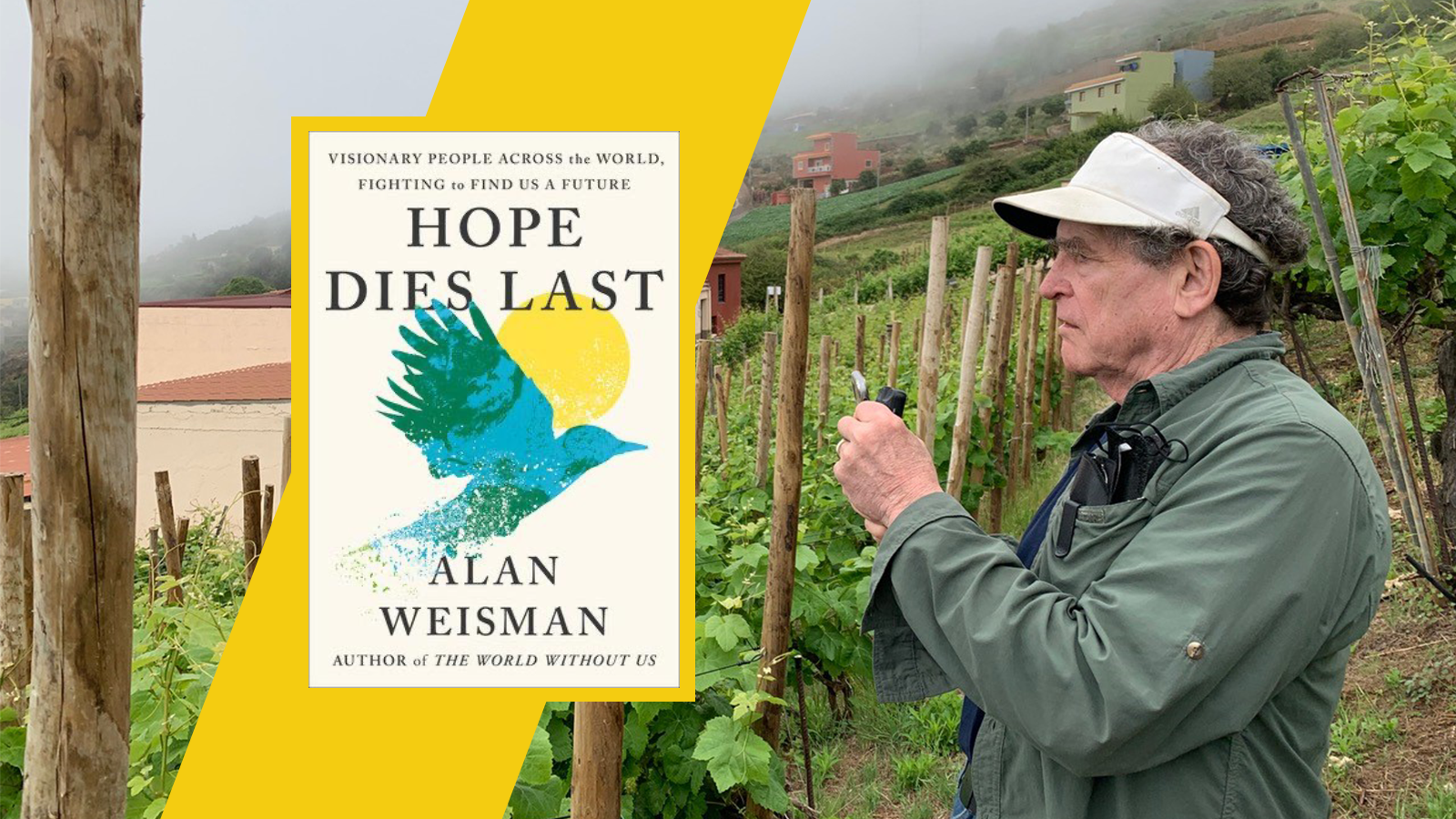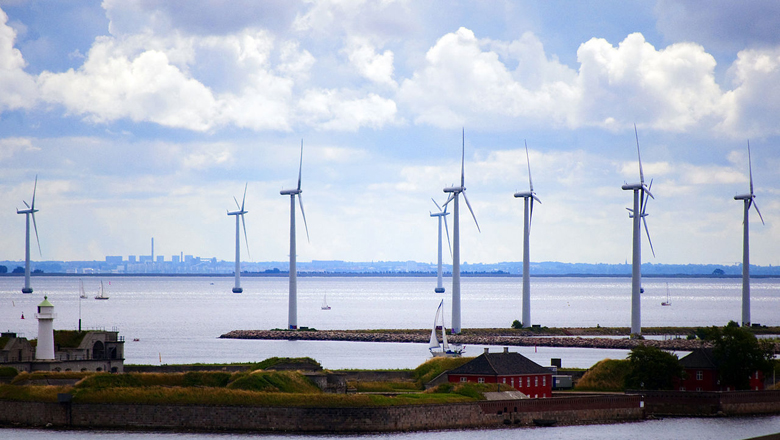
What Can We Learn from Denmark’s Landmark Wind Generation?

By Darby McGlone
Denmark hit a renewable energy milestone in July: Its windmills produced 140 percent of the entire country’s energy needs.
Still think renewables aren’t a realistic option for meeting our world’s growing energy demands?
Denmark has a long history of wind energy, with its first wind turbines — and energy cooperatives — dating back to the late 1800’s. But since beginning my semester abroad in Denmark in late September, I’ve been trying to figure out how Copenhagen has found the drive to aim for carbon neutrality by 2025 — a mere 10 years away — and, moreover, a goal for the entire country to become completely dependent on renewable energy in the next 35 years.
The key to Denmark’s success, though, is not its political drive. In fact, it is quite the opposite.
Denmark has a long, inspiring history of community-based organizations that can be traced back to the 1300’s. Some 500 years later, the country’s wind energy cooperatives originated with Poul la Cour. Having lived through the start of the industrial revolution, La Cour watched as many families migrated to cities and left their farms behind. The families that remained in the countryside had little choice but to continue their labor-intensive farm lifestyles. La Cour recognized energy’s potential to revolutionize these lifestyles, so he decided to devote much of his life to bringing the benefits of decentralized electricity to rural communities by constructing wind turbines. Despite his moderate success and rural influence, oil became increasingly abundant in the coming years and eventually made its way to the countryside, leading to the decommissioning of the last of La Cour’s windmills in 1935.
Denmark’s wind energy progress was then put on hold for many years, and nearly all aspects of Danish society came to be dominated by this new, high-content energy source. The oil dependency continued until the oil crisis of the 1970s. The crisis absolutely crushed Denmark’s economy. By that time, roughly 95 percent of Denmark’s energy consumption was dependent on foreign oil reserves. Unlike the United States, oil was not just used for transportation in Denmark, it was also their primary means of heating and electricity. This blow revealed the country’s vulnerability to energy shocks and how quickly their national security could be threatened. The country was forced to think of alternative, dependable sources of energy — and quick.
One immediate social response to the high gasoline prices was the reinvigoration of the biking culture in Copenhagen, a movement that originated in the 1890’s but quickly got phased out as automobiles became the preferred, more convenient means of travel. With the cost of driving suddenly shooting through the roof, Danes quickly began biking again, and the government responded by refurbishing old bike lanes and inventing new ones. Today, 45 percent of Copenhagen’s population gets to work or school on a bike, hence its well deserved nickname “Bike City.” (Could you imagine this being the case in New York?)
The Nørreport Station in Copenhagen in 2007 is overrun with bicycles. (Leif Jørgensen/Creative Commons)
But Denmark had bigger issues to tackle than painting bike lanes. The government’s plan to combat the oil crisis was nuclear energy, but this received extremely hostile backlash from the Danish population, leading to the creation of the Organization for Information on Nuclear Power (OOA). As far as Danes were concerned, nuclear power simply wasn’t a viable option for their small, scattered country. After 12 years of anti-nuclear movements and social unrest, Danish parliament could no longer contest with Denmark’s determined civil society and agreed to look at alternative sources of energy, chiefly wind. This movement toward wind energy actually originated through local cooperatives in which Danes, building off of what Poul La Cour had started 90 years earlier, constructed their own turbines and illegally connected them to the grid. These cooperatives ultimately forced the Danish government to seriously consider the prospect of decentralized, community ownership of wind turbines, something that was and is still crucial to Denmark’s success with wind energy.
From these accounts, we can understand that Denmark has not always been a beacon of sustainable innovation. It took an economic catastrophe and serious social engagement to force the government to fundamentally rethink the nature of their energy dependence. While environmental concerns were certainly expressed at the time, the country’s reasoning behind wind energy was not driven by environmental principles. It was more so a sociopolitical and economic decision, one that originated through civil society and allowed the government to recognize the benefits of putting Denmark in control over their energy by making use of the resources around them — which happened to be wind.
The United States, among other countries, is surrounded by an abundance of clean, sustainable sources of energy, including wind, biomass (which can be better sourced from waste so as not to disrupt food supply) and, oh yeah, the sun — that massive ball of energy that is the source of nearly all life on earth. But perhaps leaving it up to the government to recognize this potential is not our best option.
So will it be investors who recognize the long term, sustainable profits available in the renewable energy industry, or businesses that see it as an opportunity to get a head start on implementing these inexhaustible resources for which new technologies are constantly emerging, ones that already are outcompeting and displacing fossil fuels? By looking at how Denmark has succeeded, one thing’s for sure: widespread social involvement and innovation is essential. Movements like the Sierra Club’s “Beyond Coal” campaign have proven extremely successful in the United States, shutting down more than 150 proposed coal power plants in the past three years. By increasing the number of stakeholders involved, funding this renewable and sustainable revolution will be much more feasible, and it would help bring together a variety of epistemic communities that will be necessary to make this radical transformation possible.
(Top image: A wind farm in Copenhagen in 2009. Credit: www.cgpgrey.com)





